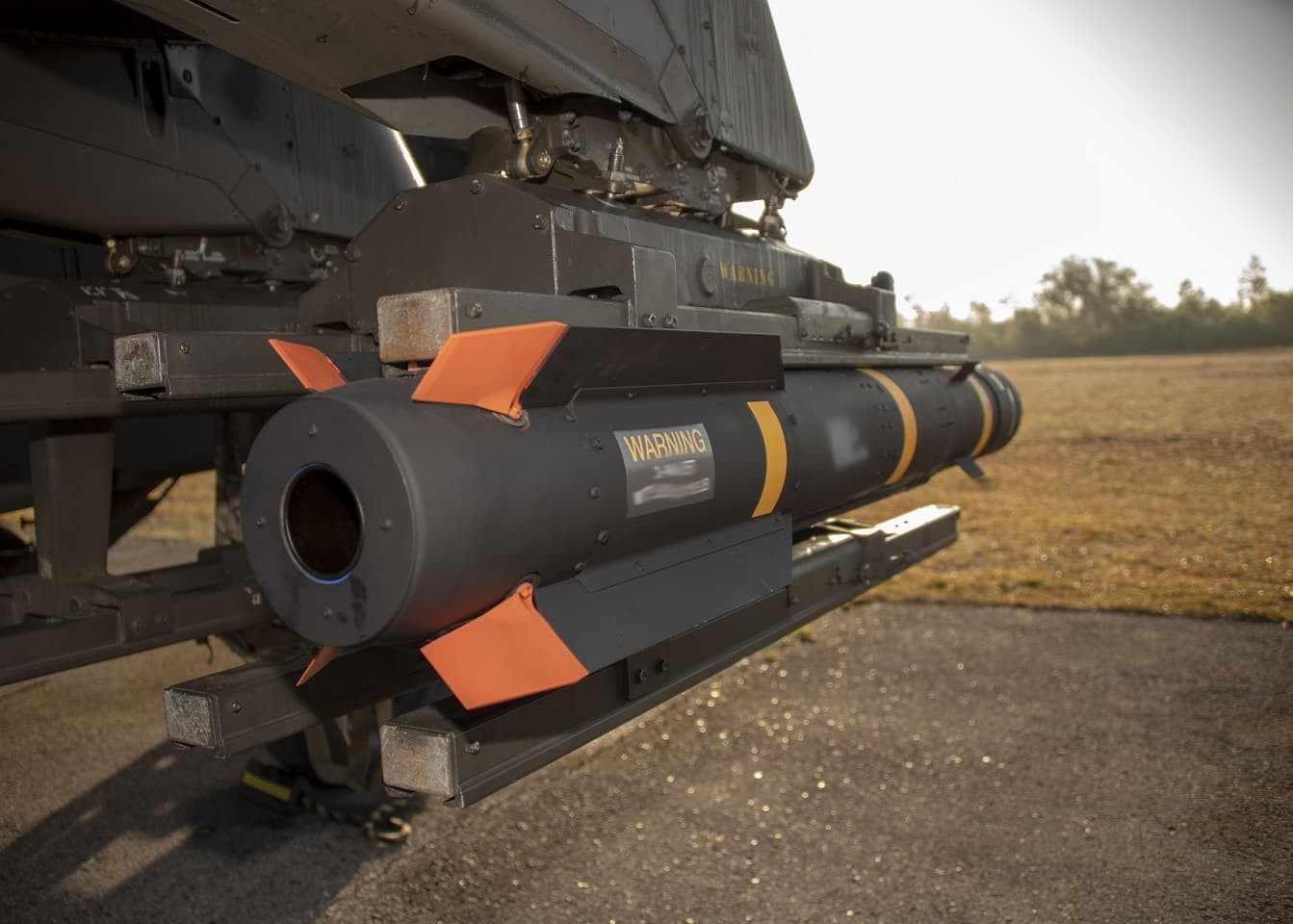Lockheed Martin has recently announced that the US Army has cleared the Joint-Air-to-Ground Missile (JAGM) for full-rate production (FRP).
The latest decision was made after a controversial delay caused by the missile system’s failure to produce the expected deadly effects on maritime targets.
The US Army’s decision, dated August 30, to proceed with the JAGM program indicates the weapon’s advancement and the military’s confidence in the technology, said Lockheed Martin.
“The milestone also marks the successful completion of operational testing of JAGM on the US Army’s AH-64E Apache and the Marine Corps AH-1Z Viper helicopters,” Lockheed said.
With the latest decision, the US-based aerospace giant will mass-produce the missile without limitations.
“JAGM has repeatedly proven that it can be counted on when it matters most, providing mission-focused offensive and defense capabilities and maintaining a competitive edge against potential adversaries,” said Lockheed Martin vice president Jerry Brode.
“The program’s full rate production milestone speaks volumes to how JAGM’s precision and combat effectiveness continues to provide 21st-century solutions in an ever-evolving threat environment,” Brode added.

JAGMs will replace the outdated Hellfire Romeo and Hellfire Longbow missiles produced by Lockheed Martin.
The JAGM is a multi-sensor air-to-ground missile that can be retrofitted with the M299 launcher and all systems (air, ground, and maritime) that currently use Hellfire or Longbow missiles.
Its precision-guided munition can destroy high-value stationary, moving, and relocatable land and naval targets. According to Lockheed Martin, the missile system integrates its dual-mode seeker with the combat-proven Hellfire missile bus for “next-generation” precision.
“JAGM’s advanced capabilities and increased commonality position its users to maintain a competitive advantage over the threats of today and tomorrow,” company official Joey Drake stated.
In June 2018, JAGM reached Milestone C and entered the Low-Rate Initial Production (LRIP). The program completed supplier and prime contractor production readiness evaluations, and several flight tests demonstrated its dependability and combat performance.
Lockheed Martin built JAGM in limited quantities throughout LRIP to create a production base and allow for operational testing and evaluation of the system.
Meanwhile, Lockheed is attempting to improve the medium-range JAGM system’s range from eight kilometers (5 miles) to sixteen kilometers (10 miles).

Past Failures
In 2018, the Director of Operational Test and Evaluation tested the JAGM system and found several significant flaws. It was also previously revealed that the missile was “cyber vulnerable” when a cyber analyst successfully got access to the weapon’s guidance software.
Before 2018, the Army saw many setbacks, including having the missile miss two targets during live-fire testing from an AH-64E Apache. Similarly, four missiles were launched with live warheads during a major test event, and one failed to explode.
Test reports state that the missile received “erroneous target velocities” from the Apache’s aiming site and fire control radar. The Army fixed these issues during subsequent testing and evaluation.
:quality(70)/cloudfront-us-east-1.images.arcpublishing.com/archetype/JU5PCP636JGIXOEAKT2NULJJWI.jpg)
However, the Marine Corps encountered issues with the JAGM on the Viper during an early operational test and evaluation in the mid of 2019 at Fort Hood, Texas, and Eglin Air Force Base, Florida.
The Marines fired two missiles, both of which missed boat targets in the center of the vessel, instead striking distant back. A decision regarding full-rate production was supposed to be made roughly a year ago. However, the Marine Corps required more time to complete the platform integration with the missile.
Maj Gen Robert Rasch, the executive program officer for missiles and space at the time, stated last October that the delay had no overall adverse effect on the program. According to him, the Army continues to produce JAGMs at the minimum sustainment rate. In February, Lockheed produced its 1,000th JAGM off the production line.
According to Lockheed, the objective is to incorporate JAGM onto helicopters, unmanned aircraft such as Gray Eagle, and air defense systems such as the Mobile Short-Range Air Defense System, or M-SHORAD.
- Contact the author at ashishmichel@gmail.com
- Follow EurAsian Times on Google News




